Yes, a 20/25 vision score is good enough for most activities; however, you may still need to wear glasses. A 20/25 vision score shows that you see from 20 feet what a person with normal vision can see from 25 feet. In other words, you have slightly bad eyesight and need to get 5 feet closer to see the same objects clearly. People with normal vision are given a 20/20 rating; as your score drifts slightly away from the norm, you may need to explore correction options.
If you’ve just gotten your eye exam results and you’re looking at the 20/25 score in the visual acuity section and wondering what it means, you are in luck. Keep reading.
Today’s blog post will help you understand the concept of visual acuity, how your 20/25 score may affect your day-to-day activities, and the available eye care options to bring you as close to normal vision as possible.
How the Scores are Obtained — Understanding Visual Acuity.
Vision scores are obtained from a test on your eye exam known as the visual acuity test. Visual acuity (VA) is simply a measure of how clear your vision is. In this test, you will be asked to read letters of different sizes from a vision chart placed 20 feet (6 meters) away. Each row has a score next to it; the last row you can clearly see matches up with your VA score.
The results of this test are written in fractions (x/y), with the distance of the chart from your eyes as (x) and the distance from which a person with normal vision can clearly see the last line you were able to read as (y).
If you manage to get to the last row on the eye chart, you’ll be given a 20/20 score. This is the benchmark for distance vision and clarity; scores before this indicate possible eye conditions and a need to correct your vision. Scores like 20/15 and 20/10 after the 20/20 row indicate that you have better vision than most people.
Checkout Our Best Selling Prescription Glasses here
Is 20/25 Vision Good or Bad?
Considering the average eye health of the world’s population, 20/25 is a fairly acceptable visual acuity score. However, because it is still a less-than-ideal score, it may come with a few visual problems. Here are a few of them:
- Reduced clarity and definition make it difficult to see objects from a distance.
- Increased frequency of eye strains and headaches as the eyes have to work harder to bring objects into focus.
- Difficulty reading small print and seeing in low-light environments. This may make it very hard to drive at night or read in dark rooms.
In most cases, a 20/25 VA score indicates the presence of underlying eye defects and refractive errors like farsightedness, nearsightedness, astigmatism, and presbyopia. We advise that you take further tests to check for suspected defects, get a prescription, and get correction lenses. In some cases, these visual problems may be early signs of an eye disease.
Do You Always Need Glasses: Three Possible Correction Options
If after further eye tests, you discover you have an underlying refractive error reducing your visual clarity, we advise that you get prescription eyeglasses, contact lenses or laser eye surgery.
-
Prescription Eyeglasses

These are at the top of the list when it comes to vision correction options. A properly prescribed and fitted pair of eyeglasses can completely change the way you see the world, making your vision clearer and taking you from 20/25 to 20/20. It is important to note that prescription glasses are not a permanent fix; they only give you 20/20 vision when you have them on.
-
Contact Lenses
 If you would like the same corrective function as prescription eyeglasses without having to carry the weight around, then contact lenses are for you. To get contact lenses, you should visit your eye doctor, get an eye exam, and get fitted with the right contact lens prescription for you.
If you would like the same corrective function as prescription eyeglasses without having to carry the weight around, then contact lenses are for you. To get contact lenses, you should visit your eye doctor, get an eye exam, and get fitted with the right contact lens prescription for you. -
Laser Eye Surgery

Also known as LASIK, this is the only known way to change your vision and get to normal 20/20 vision permanently. This surgery completely reshapes your cornea, allowing it to receive light in a way that forms the perfect image and gives you an accurate perception of both distance and depth. This procedure is often used to correct extreme eye defects and may be unnecessary for mild deviations like 20/25 vision.
We advise you to speak to your eye doctor to get more information about this procedure. It is important to note that this option is more expensive than other eye care options.
Checkout Our Best Selling Prescription Glasses
Long-Term Progression of 20/25 Vision
As you grow older, your vision may gradually start to lose clarity and sharpness. Underlying causes of below-par vision, like refractive errors, may also get worse with time. We advise that you take eye tests once every two years to monitor how your vision is progressing. This allows you to keep track of your eye health and make changes to your lifestyle or prescription as soon as changes in your vision are detected.
We also advise that you consistently use your prescription glasses and contact lenses if you already have a pair. Using these correction options properly helps to slow down the natural progression of eye defects, helping your eyes stay sharper for longer.
Do You Require Glasses? We Have The Right One for You
It is no secret that prescription lenses are the most accessible and cost-effective correction options on the market. Let’s help you get your hands on a pair.
If you have struggled with visual clarity recently, we advise that you take an eye exam and get an eye prescription. After getting a prescription, we’ll fit you with the perfect pair of glasses. Follow the guide below to order from our store:
- Go to lowcostglasses.co.uk and scroll through to pick out a frame you like. We understand that this can be a headache with the number of choices available. Read through our frame guide for more information before making a choice.
- Click the “Try On” button to upload your picture and virtually try on the frame you’ve picked.
- Click the “Enter Prescription” button. Select the lens type you need and fill out your prescription values and pupillary distance. Click “Continue”.
- Choose the lens perks you’d like your glasses to have and click “Add to Bag”
- Proceed to the checkout page, fill out your shipping address and billing details, and add a coupon code if you have one. Sit back, relax, and wait for your personalized prescription glasses.

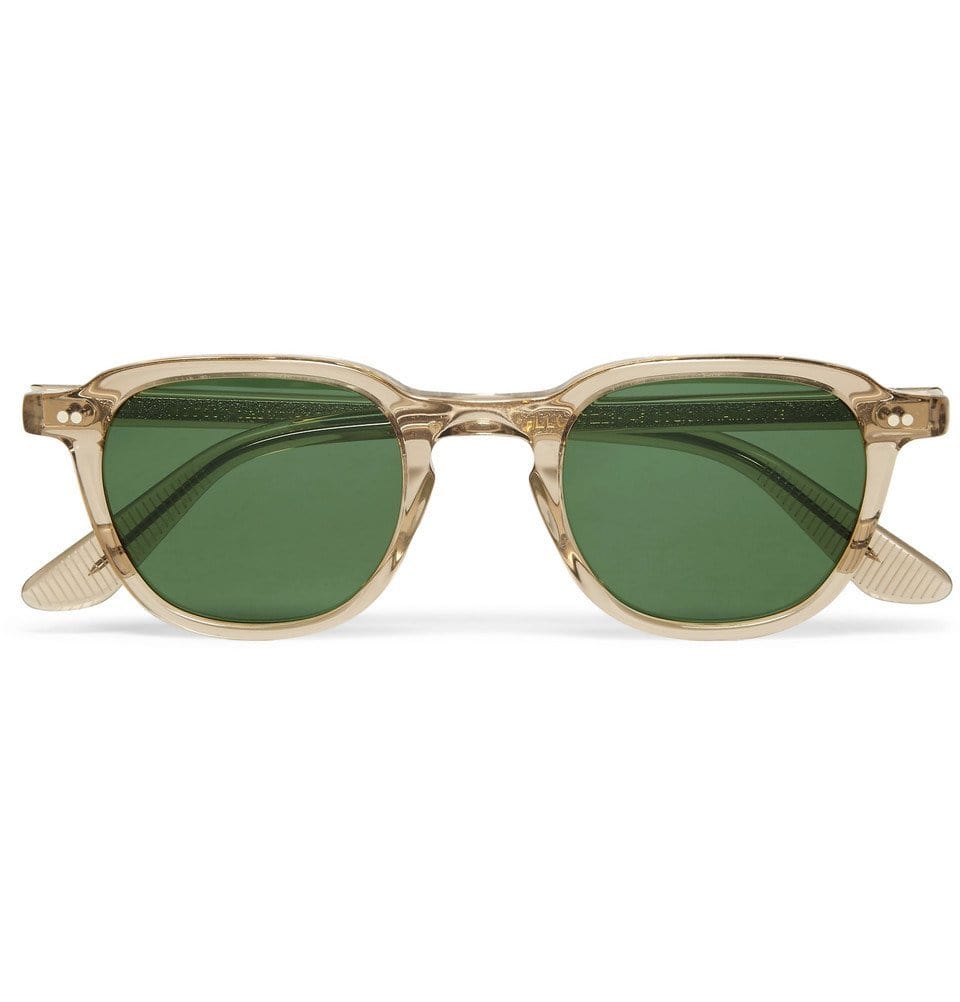

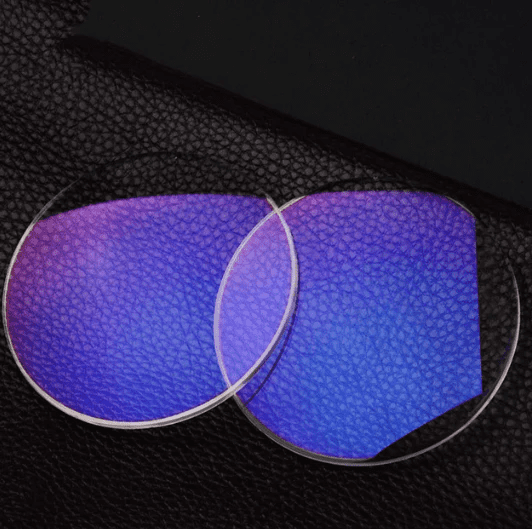

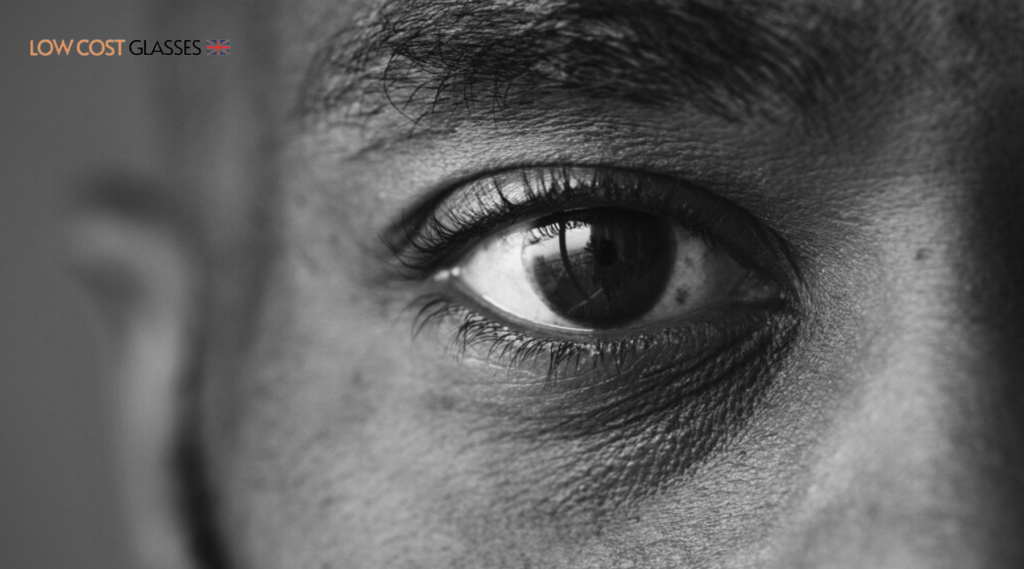


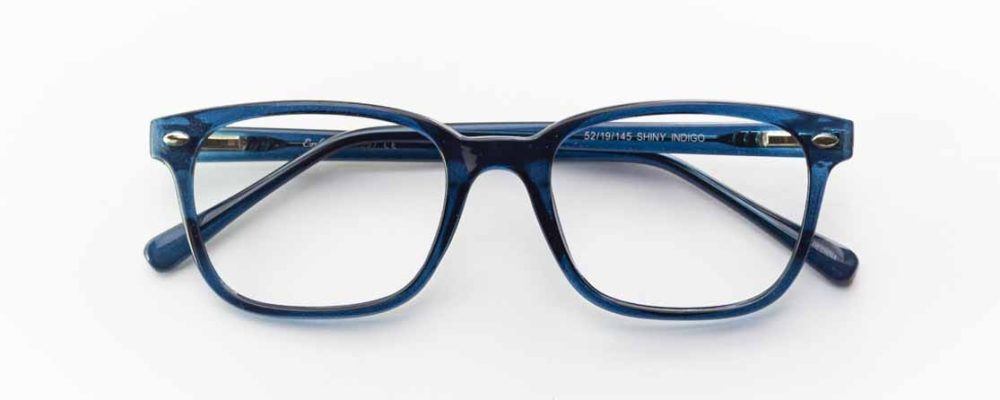

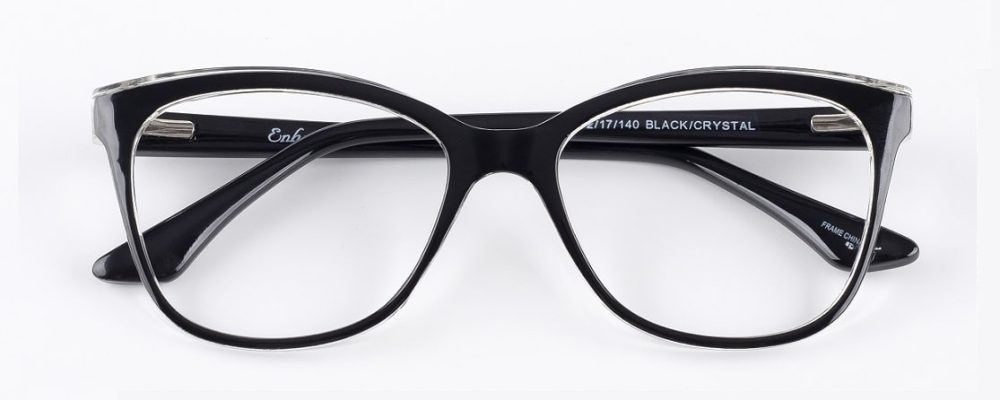



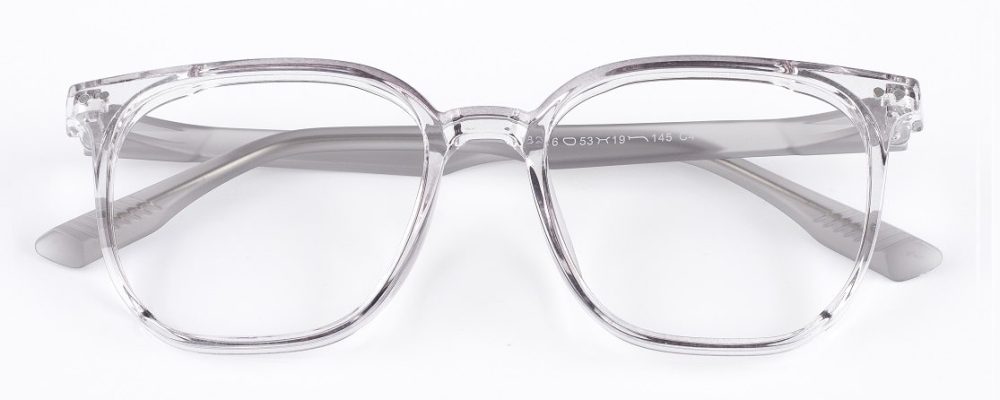

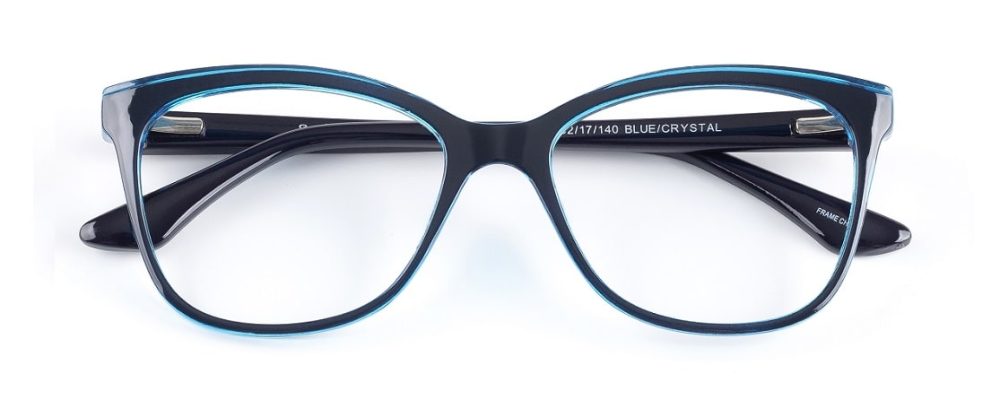

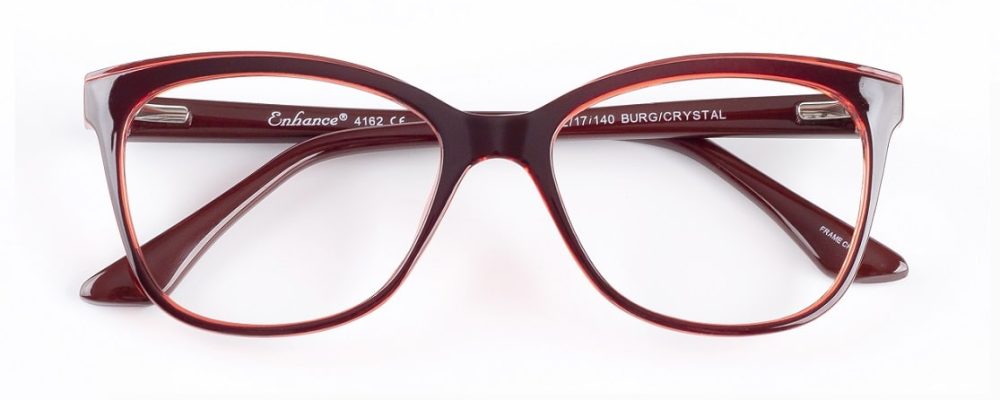

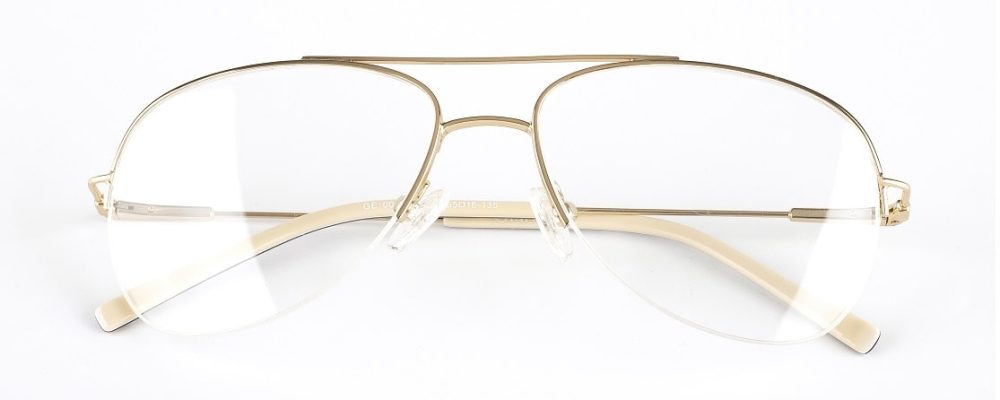


 If you would like the same corrective function as prescription eyeglasses without having to carry the weight around, then contact lenses are for you. To get contact lenses, you should visit your eye doctor, get an eye exam, and get fitted with the right contact lens prescription for you.
If you would like the same corrective function as prescription eyeglasses without having to carry the weight around, then contact lenses are for you. To get contact lenses, you should visit your eye doctor, get an eye exam, and get fitted with the right contact lens prescription for you.